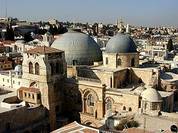The four Gospels and the testimony of St. Paul are the primary sources of the Resurrection of Jesus Christ. Jesus had prophesied his rising on the third day on several occasions while He was still with the disciples (John 2:19-22 and Matthew 20:19; Mark 9:9, 14:28) and even his enemies knew of the prophecy, for the chief priests and the Pharisees asked Pilate to have the tomb guarded. Pilate, however, told them, to seal the stone before the tomb and provide the guard themselves (Matthew 27:65).
Jesus appeared first to Mary Magdalene and the holy women, who were not believed by the Apostles. Peter and John ran to the tomb and found it as Mary Magdalene had said, empty. The guards who witnessed the angel rolling back the stone, but found themselves trembling and “became like dead men,” (Matthew 28:4) went to the chief priests to report what they had seen. They were given money and told to claim that the body had been stolen by his disciples, but if that had been the case, the authorities would have let nothing stop them from recovering it.
Jesus also appeared to two of the disciples on the road to Emmaus, seven miles outside Jerusalem, but they did not recognize Him at first. He showed them how all that had happened had been prophesied and they came to recognize Him in “the breaking of the bread,” (Luke 24: 30, 35) an expression used by the early Church to describe the Eucharist. They went to tell the eleven that “the Lord has risen indeed” and as they were reporting it, Jesus suddenly appeared to them in the locked room and showed them His hands and his feet and urged them to believe. He reminded them of the words He had spoken to them concerning the testimony of Moses and the prophets and the psalms, which He declared fulfilled in His rising (Luke 24: 44). John testified to the fact that Jesus breathed on them and said, “Receive the Holy Spirit. If you forgive the sins of any, they are forgiven; if you retain the sins of any, they are retained” (John 20: 22-23). Thomas, who was not present still doubted, but the Lord subsequently appeared to them again and allowed Thomas to put his hands into his wounds. Thomas responded, “My Lord and my God.” Jesus said, “Blessed are those who have not seen and yet believed” (John 20:29).
As instructed, the remaining eleven Apostles (Judas Iscariot having taken his own life in despair) went to Galilee where they saw the resurrected Lord and worshiped him. There Jesus appeared to Peter and two other disciples on the Sea of Tiberias, where He gave Peter the opportunity to atone for his earlier threefold denial of Christ during the Passion, asking him if he loved him, three times. Jesus’ response to Peter’s three professions of love are in succession “feed my sheep,” “tend my sheep,” “feed my sheep.” These are commands to exercise authority over Christ’s flock, under the authority of Christ. Jesus will remain the one Shepherd, yet Peter will “feed” and “tend” the sheep, in the sense that Jesus will not be physically present to do it. Peter will be the visible, vicarious shepherd of the flock. In the original Greek the word which is used for “feed” in John 21 is boskein --a word which the Jewish historian Philo of Alexandria, and other first century writers, use to denote “spiritual nourishment.” Similarly, the word “tend” is actually the Greek word poimanao --the same Greek word which is translated as “rule” in Matthew 2:6, Revelation 2:27, 7:17; 12:5, where it is applied to Jesus Himself. Like Jesus, Peter is to “rule” over the flock and provide spiritual nourishment for them.[i]
The Acts of the Apostles records that “he presented himself alive after his passion by many proofs, appearing to them during forty days, and speaking of the kingdom of God” (Acts 1:3). St. Paul too provides vital testimony, noting that Jesus appeared to Peter, then to James before appearing to all the others. He wrote, “Then he appeared to more than five hundred brethren at one time, most of whom are still alive, though some have fallen asleep” (1 Corinthians 15:6). The fact that most of them were still alive is an important detail, indicating Paul was aware of many witnesses, all of them, however, “brethren,” that is, believers. St. Paul is emphatic, “if Christ has not been raised, then our preaching is in vain and your faith is in vain” (1 Corinthians 15:14).
[i] The word poimanao is also used to describe the rule of bishops in Acts 20:28 and 1 Peter 5:2. Peter is spoken of in the Gospels more than all the other apostles put together and is always listed first when a list of the apostles is given.
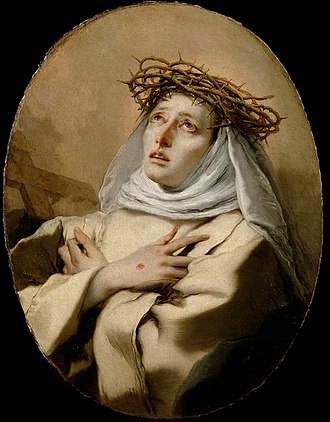
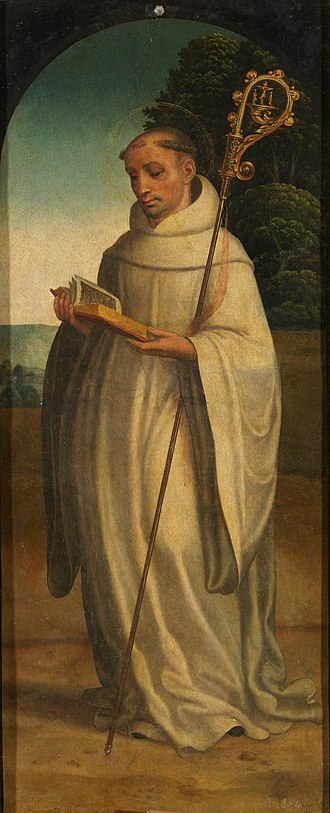

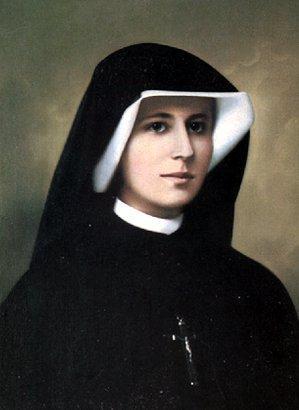
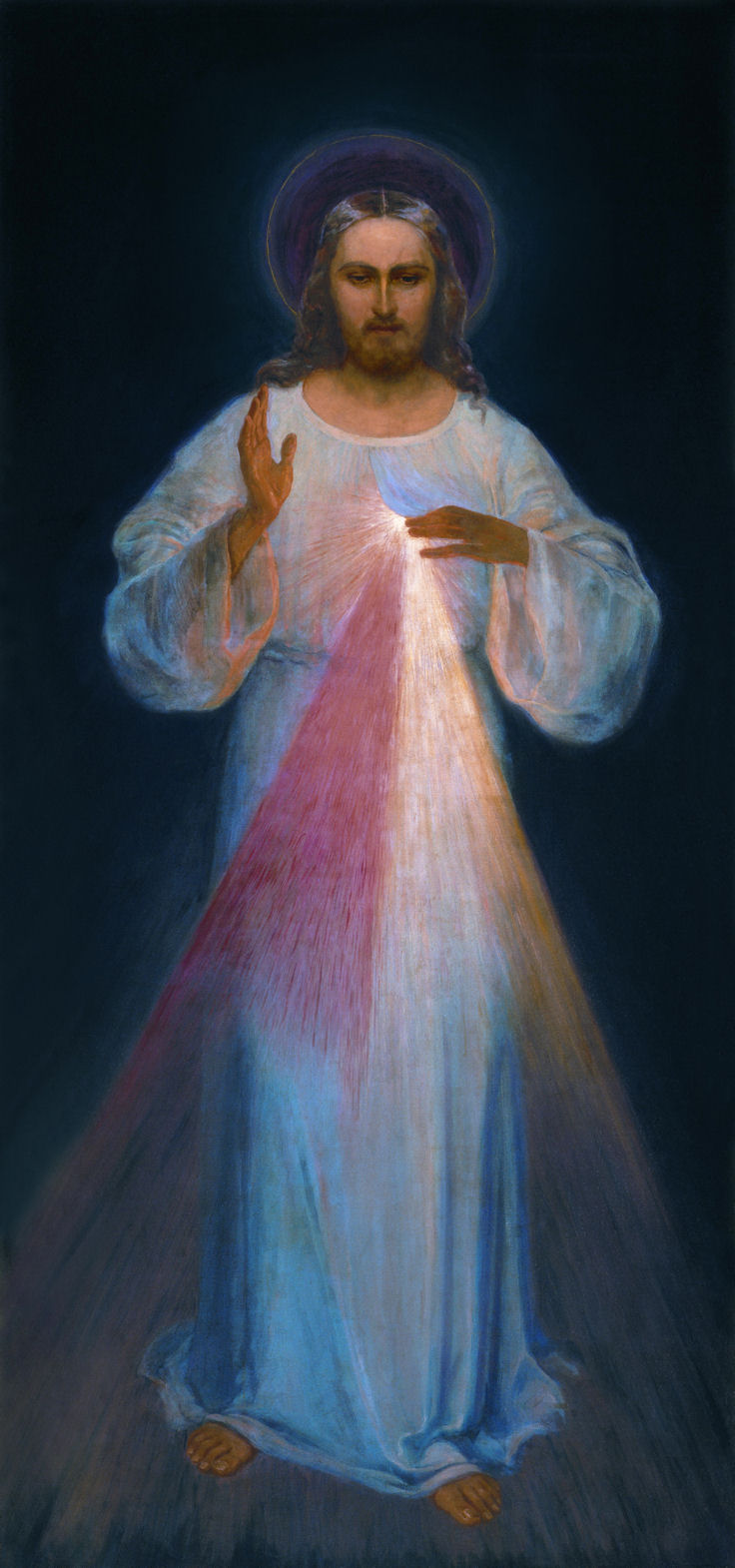
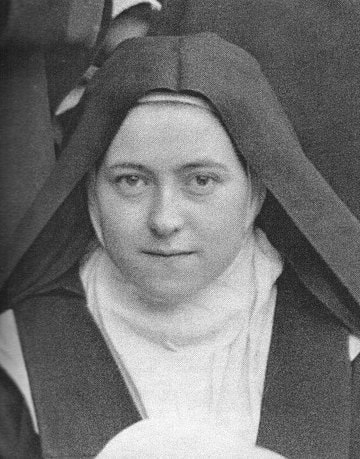
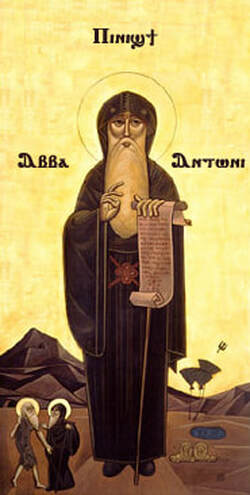
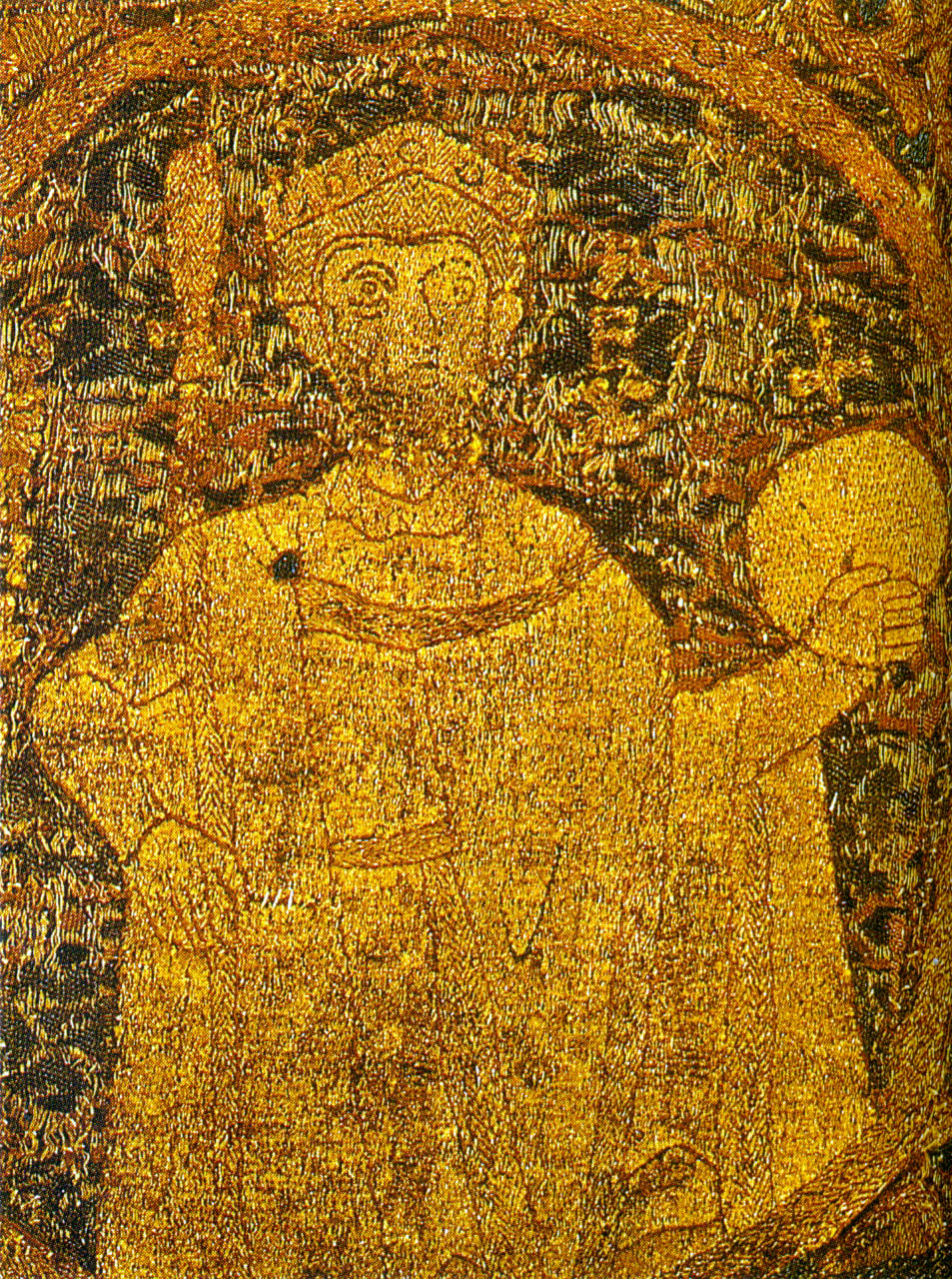
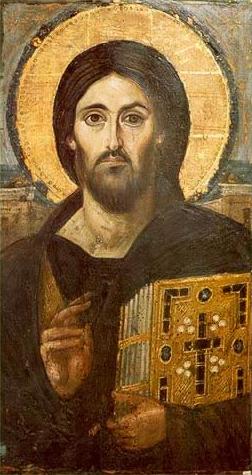
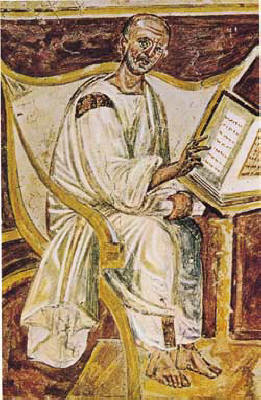
 RSS Feed
RSS Feed
